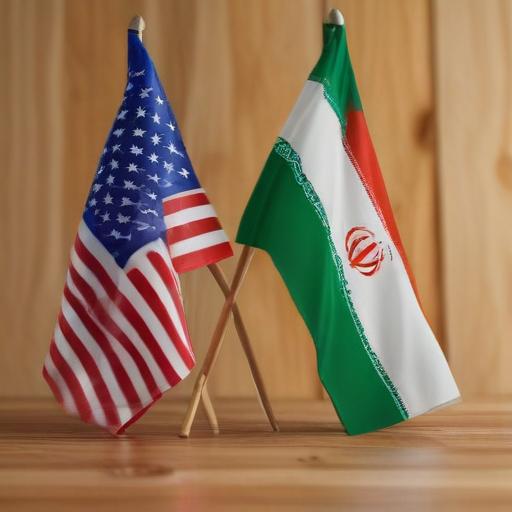Growing tensions between the United States and Iran are escalating amid concerns over the ongoing conflict between Israel and Iran. American intelligence reports indicate that Iran has mobilized missiles and military resources, preparing for potential strikes on U.S. bases in the Middle East if the U.S. becomes actively involved in Israel’s military operations against Iran.
In response to these growing threats, the United States has deployed around thirty-six refueling aircraft to Europe. These aircraft are strategically positioned to assist fighter jets defending American installations or extend the operational range of bombers that could target Iran’s nuclear facilities, particularly the critical site at Fordo, should an attack be authorized.
As Israel intensifies its push for U.S. intervention, fears of an expanded conflict are mounting. Officials warn that Iranian-aligned groups, such as the Houthi militia in Yemen, are likely to escalate their attacks on shipping routes in the Red Sea if the U.S. conducts strikes. Similarly, Iranian-backed militias in Iraq and Syria are anticipated to target U.S. forces in retaliation.
Additionally, some experts speculate that Iran may resort to mining the strategically vital Strait of Hormuz, which would pose significant challenges for American naval operations in the Gulf region. This tactic, intended to restrict the movement of U.S. warships, illustrates the heightened risks involved in the escalating conflict.
The complexity of the situation emphasizes the need for careful diplomatic engagement to prevent further destabilization in the region. The international community is watching closely, and there remains hope that dialogue and negotiation can prevail over warfare, fostering peace and stability in the Middle East.
